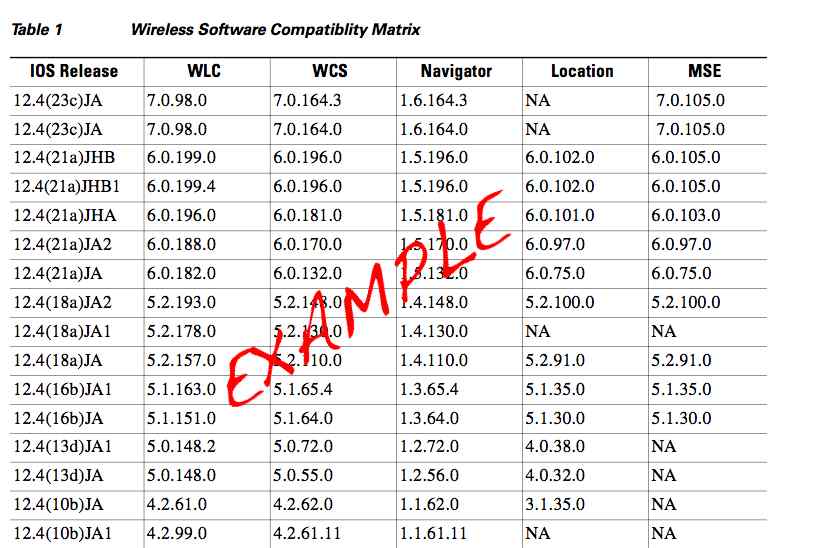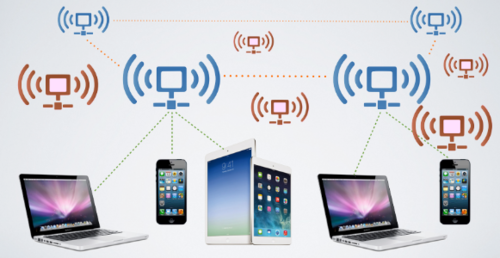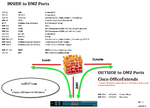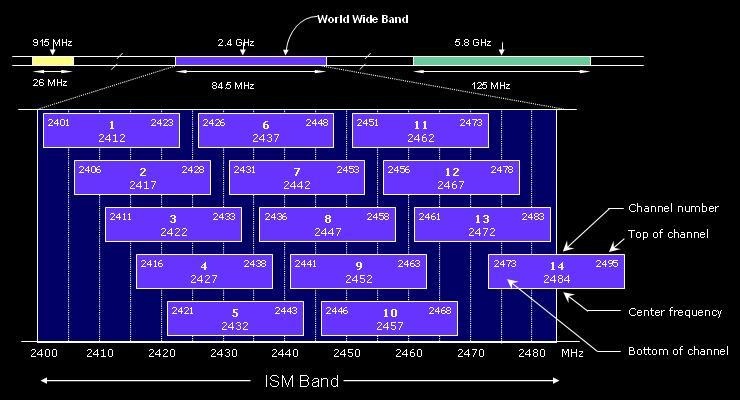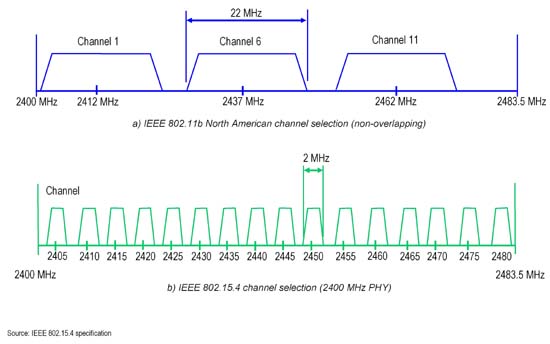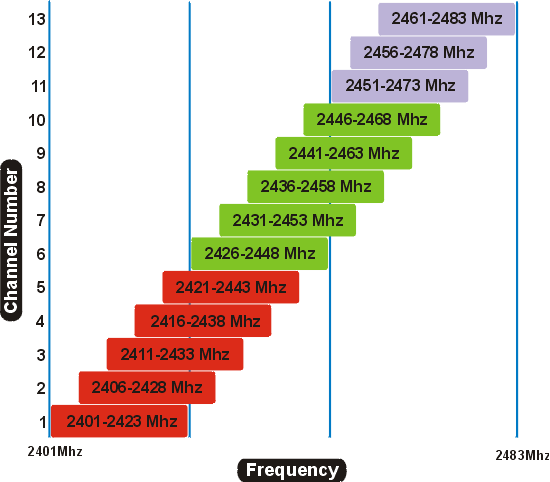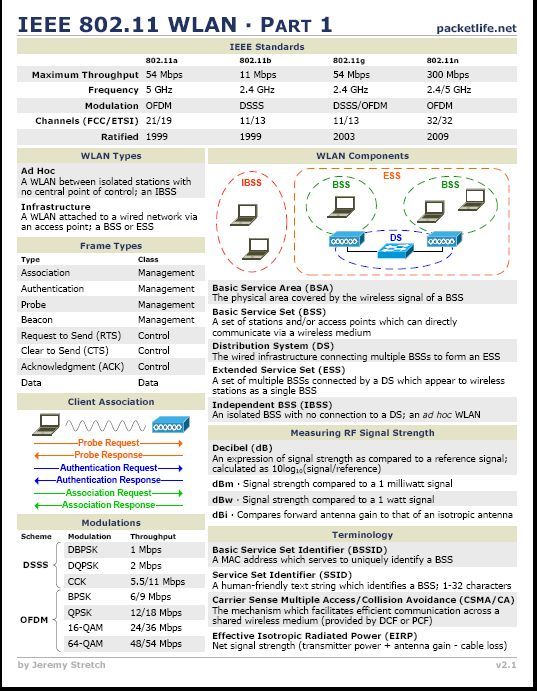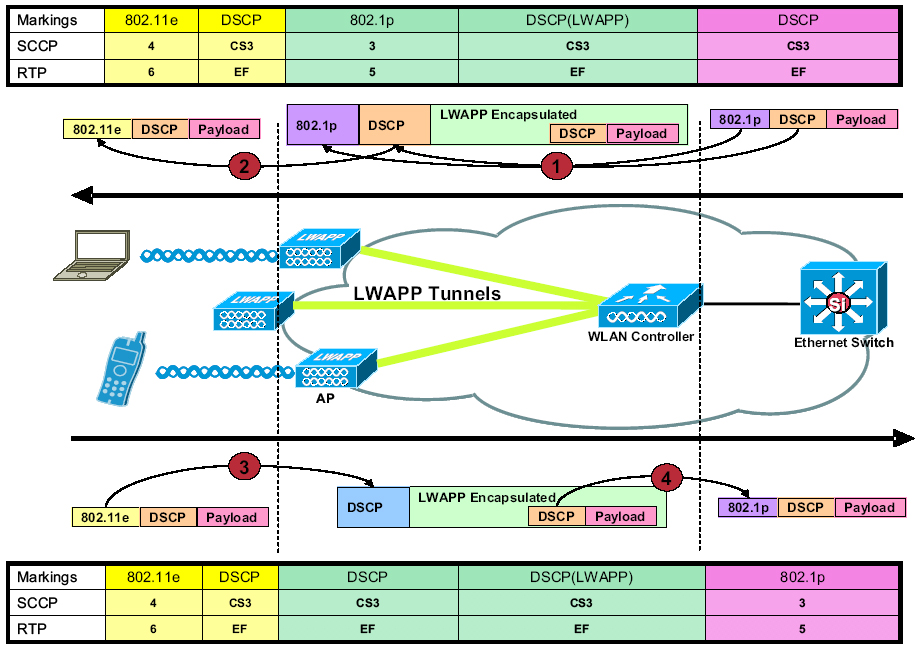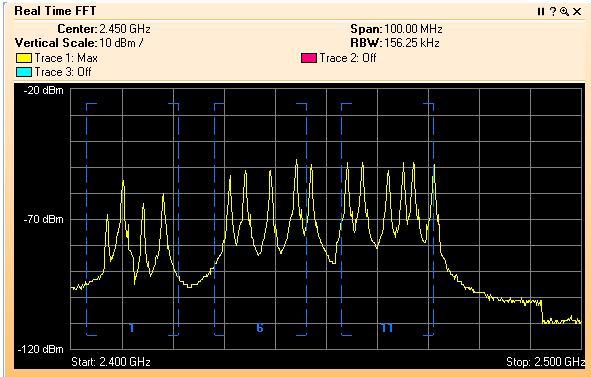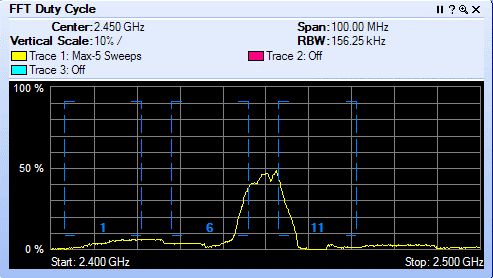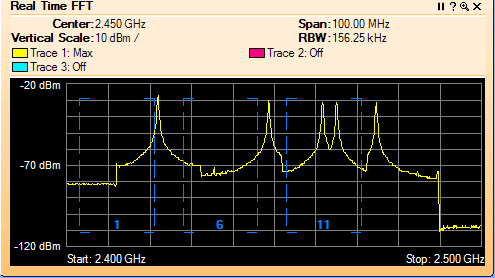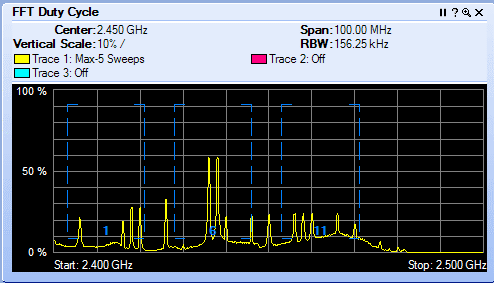Autonomous: Understanding Cisco AP ARP Caching [Disabled] [Enabled] and [Optional]
 Friday, March 12, 2010 at 12:29AM
Friday, March 12, 2010 at 12:29AM
ARP Caching at the access point isn't something normally deployed in the field in my experience, but I wanted to cover it here. I've done limited testing with this "nerd knob" function in the field. If you have this in production I would like to hear your feedback!
ARP caching on an access point reduces the traffic on your wireless LAN by stopping ARP requests for client devices at the access point. The good is that you lessen the ARP traffic and lessen the use of the wireless medium. There is also a security benny. If you are familiar with aireplay-ng it works by capturing the ARP packet and replaying it back to the AP to generate traffic. By blocking the ARP at the AP you lessen the upstream ARPs to the wireless clients to be sniffed, but you still have down stream ARPs (wireless clients to LAN).
ARP CACHE DISABLED:
ap(config)#no dot11 arp-cache <-- Negate dot11 arp-cache with "NO"

ARP CACHE ENABLED:
ap(config)#dot11 arp-cache <-- dot11 arp-cache ENABLED

ARP CACHE OPTIONAL:
ap(config)#ap(config)#dot11 arp-cache optional <-- dot11 arp-cache OPTIONAL
When legacy and non-Cisco client devices are associated to an access point and not passing data, the access point might not know the client’s IP address. If this situation occurs frequently on your wireless LAN, you can enable optional ARP caching. When ARP caching is optional, the access point responds on behalf of clients with IP addresses known to the access point but forwards out its radio port any ARP requests addressed to unknown clients. When the access point learns the IP addresses for all associated clients, it drops ARP requests not directed to its associated clients.

 George |
George |  2 Comments |
2 Comments |  arp,
arp,  cisco access point,
cisco access point,  cisco arp,
cisco arp,  wireless arp
wireless arp 